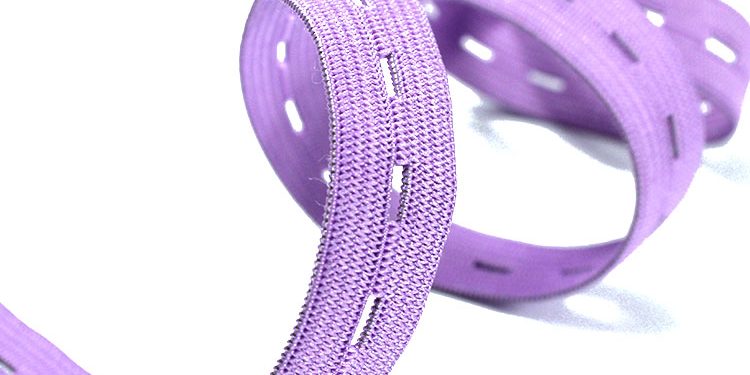Elastic webbing not only offers exceptional performance but also boasts sustainability advantages. In this blog, we will explore how elastic webbing contributes to sustainability and why it’s an eco-friendly choice.
1. Recyclability: Elastic webbing can be recycled, reducing the need for new raw materials. Recycled elastic webbing retains its stretch and recovery properties, making it an eco-conscious choice.
2. Energy Efficiency: The production process of elastic webbing consumes less energy compared to some other materials, reducing its carbon footprint. This makes it a more energy-efficient option in manufacturing.
3. Durability and Longevity: Elastic webbing’s resistance to wear means it lasts longer than many other materials. This longevity reduces the frequency of replacement, which can lead to less waste over time.
4. Reduced Material Waste: Elastic webbing is often used for its specific stretch and recovery properties, reducing the need for excess material in applications like apparel and healthcare.
5. Versatility and Reduced Material Complexity: Elastic webbing can replace multiple materials in various applications due to its ability to provide both elasticity and support. This streamlines production and reduces material complexity.
By choosing elastic webbing with recycled content and using it in sustainable product designs, industries can contribute to a more environmentally friendly future.


















